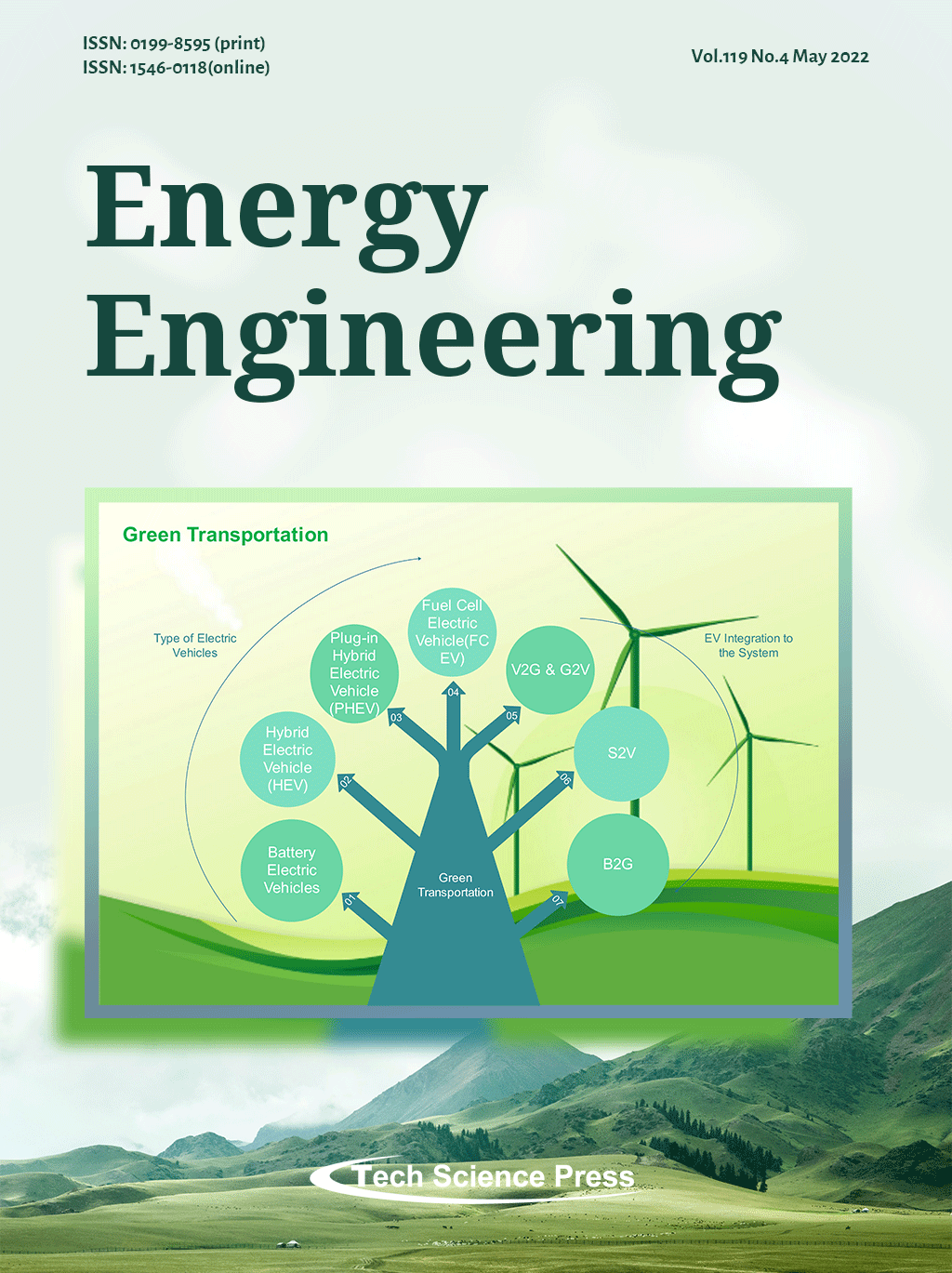
Electric vehicles are the future of transportation industry. Moreover it will help governments to fight against the global warming and environmental pollution. Therefore, this paper proposes a design of vehicle-to-grid (V2G) system interfaced with a microgrid which is effective to regulate frequency on a microgrid during a period of 24 hours cycle. A microgrid is designed and divided into four components. Microgrid is designed with suitable size to represent a community which consists of one thousand households for the day period of low consumption in spring or fall seasons. Detailed analysis of the active power, reactive power, voltage, frequency, and current is carried out. Microgrid with vehicle to grid systems regulate the system frequency by mitigating load demand with coordinated control of the conventional generation, generation by solar photo voltaic plant, wind plant, power exchange with the microgrid network and electric vehicles. Proposed microgrid and V2G are effective for efficient energy management and mitigation of intermittency and variability of the RE power with improved performance.
View this paper